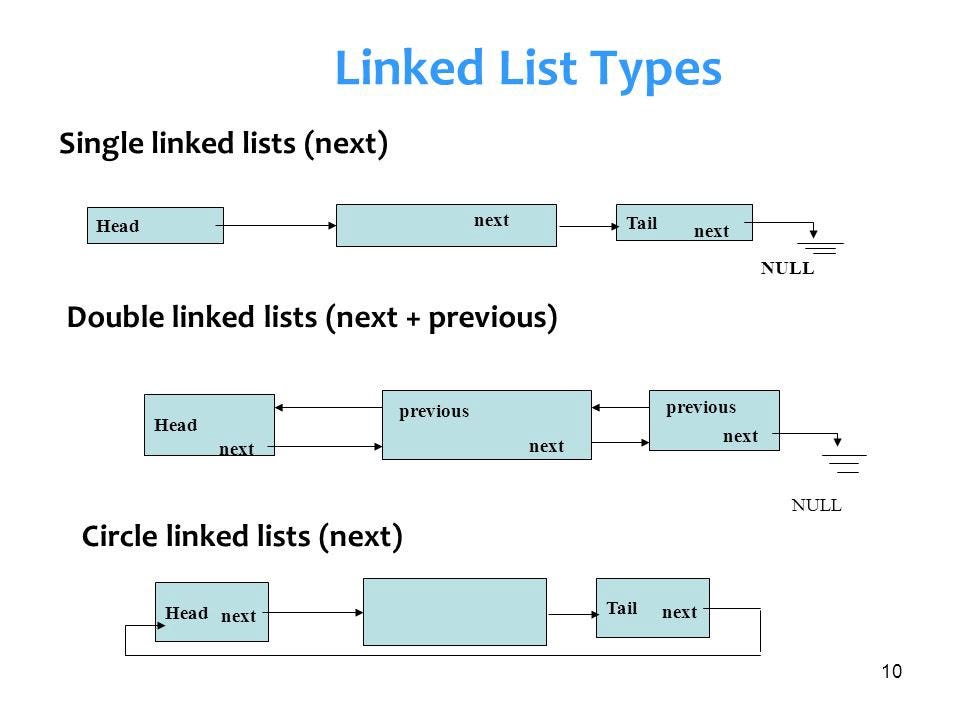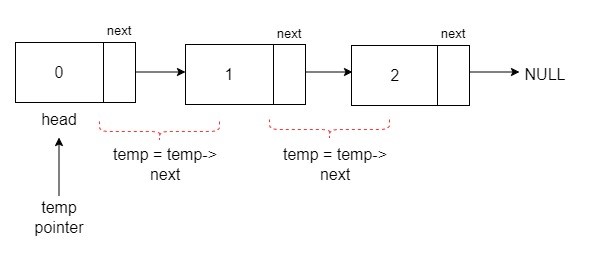
- Introduction to LinkedList
- Types of LinkedLists (Singly, Doubly, Circular)
- Java Collections Framework Overview
- Creating a LinkedList in Java
- Adding and Removing Elements
- Traversing the LinkedList
- Using Iterators
- Conclusion
Introduction to LinkedList
A Linked List is a fundamental data structure used in computer science to organize and store data efficiently. Unlike arrays, which store elements in contiguous memory locations, linked lists consist of a series of nodes where each node contains two parts: the data itself and a reference (or pointer) to the next node in the sequence. This structure allows linked lists to be dynamic, meaning they can grow or shrink during program execution without the need to allocate or resize memory upfront. There are several types of linked lists, including singly linked lists, doubly linked lists, and circular linked lists Web Designing & Development Training . In a singly linked list, each node points to the next node, and the last node points to null, indicating the end of the list. This makes traversal straightforward but only in one direction from the head (start) to the tail (end). Doubly linked lists enhance this by adding a pointer to the previous node, allowing traversal in both directions. Circular linked lists connect the last node back to the first node, forming a loop, which can be useful in certain applications like scheduling or buffering. Linked lists offer several advantages over arrays, especially when it comes to insertion and deletion. Adding or removing elements in a linked list can be done with a simple update of pointers, which can be more efficient than shifting elements in an array. However, linked lists have a drawback: they don’t support direct access to elements by index, meaning traversal from the head is necessary to find a particular node, which can lead to slower lookup times compared to arrays. Despite this, linked lists are widely used in various applications such as implementing stacks, queues, and other dynamic data structures. Understanding linked lists is essential for grasping more complex data structures and algorithms, making them a foundational topic in computer science education.
To Earn Your Web Developer Certification, Gain Insights From Leading Data Science Experts And Advance Your Career With ACTE’s Web Developer Courses Today!
Types of LinkedLists (Singly, Doubly, Circular)
- Singly Linked List: The most basic type of linked list is a singly linked list, in which each node has data plus a pointer to the node after it. It only permits traversal from the head, the first node, to the tail, the last node. The list ends when the final node points to null. By updating pointers, insertion and deletion are simple at the start or midway. It cannot be traveled in reverse, though.
- Doubly Linked List: A single linked list is the simplest kind of linked list, where each node contains data together with a pointer to the node that comes after it. It only allows traversal between the initial node, the head, and the last node, the tail. When the last node points to null Polymorphism in C++, the list is over. Insertion and deletion are made easy at the beginning or middle by modifying pointers. On the other hand, it cannot be reversed.
- Circular Linked List: In a circular linked list, the last node points back to the first node, forming a loop instead of ending with null. This can be applied to singly or doubly linked lists. It’s useful in applications like round-robin scheduling or buffering where you need continuous cycling through elements. Traversal continues indefinitely unless stopped explicitly. It requires careful handling to avoid infinite loops during traversal.
- Circular Doubly Linked List: The characteristics of circular and doubly linked lists are combined in a circular doubly linked list. In order to form a circular structure, each node points to both the previous and next nodes, and the final node connects back to the first C Programming Examples. This enables continuous loop traversal in both directions. When effective, frequent forward and backward navigation is required, it is useful. Maintaining the circular linkages during insertion or deletion requires extra caution.

Java Collections Framework Overview
The Java Collections Framework (JCF) is a unified architecture for representing and manipulating collections in Java. It provides a set of interfaces and classes that handle groups of objects, offering both flexibility and efficiency in storing, accessing, and managing data. The framework includes core interfaces such as List, Set, Queue, Deque, and Map, each with multiple implementations like ArrayList, LinkedList, HashSet, TreeSet, PriorityQueue, ArrayDeque, HashMap, and TreeMap. These implementations cater to different performance and ordering requirements. JCF also supports algorithms to perform tasks such as sorting, searching, and shuffling collections C++ Vectors. By using generics, it ensures type safety and reduces runtime errors. Additionally, the framework provides utility classes like Collections and Arrays that offer various static methods to operate on collections and arrays. With features like synchronization wrappers and concurrent collections (ConcurrentHashMap, CopyOnWriteArrayList), the framework is also well-suited for multi-threaded environments. Overall, the Java Collections Framework simplifies data structure management, boosts productivity, and promotes clean and maintainable code in Java applications.
Would You Like to Know More About Web Developer? Sign Up For Our Web Developer Courses Now!
Creating a LinkedList in Java
Creating a LinkedList in Java is straightforward, thanks to the built-in LinkedList class provided by the Java Collections Framework. This class is part of the java.util package and implements several interfaces, including List, Deque, and Queue, making it a highly versatile data structure. A LinkedList in Java can store elements of any type, and it allows duplicates, maintains insertion order, and supports null elements. To create a LinkedList, you start by importing the class: import java.util.LinkedList;. Then, you can declare and initialize it like this: LinkedList
Adding and Removing Elements
Adding Elements:
- list.add(“HTML”); // adds at the end
- list.addFirst(“CSS”); // adds at the beginning
- list.addLast(“JavaScript”); // adds at the end
- list.add(2, “SQL”); // adds at index 2
Removing Elements:
- list.remove(); // removes first
- list.remove(“Java”); // removes by value
- list.remove(1); // removes by index
- list.removeFirst();
- list.removeLast();
Other Useful Methods:
- clear() – removes all elements
- set(index, element) – Backtracking Programming updates element at index
- getFirst(), getLast() – access elements
Are You Interested in Learning More About Web Developer? Sign Up For Our Web Developer Courses Today!
Traversing the LinkedList
There are several ways to iterate over a LinkedList:
For Loop
- for (int i = 0; i < list.size(); i++) {
- System.out.println(list.get(i));
- }

Enhanced For Loop
- for (String item : list) {
- System.out.println(item);
- }
While Loop with Index
- int i = 0;
- while (i < list.size()) {
- System.out.println(list.get(i));
- i++;
- }
These methods work well for reading or manipulating list data.
Using Iterators
Java provides iterators for traversing and modifying collections Using Iterators in Java allows you to traverse elements of a collection one by one. The Iterator interface provides methods like hasNext() and next() for forward-only traversal. It also allows safe removal of elements during iteration using the remove() method Height of a Tree.
Basic Iterator:
- import java.util.Iterator;
- Iterator
it = list.iterator(); - while (it.hasNext()) {
- System.out.println(it.next());
- }
ListIterator (Bidirectional):
- import java.util.ListIterator;
- ListIterator
it = list.listIterator(); - while (it.hasNext()) {
- System.out.println(it.next());
- }
- while (it.hasPrevious()) {
- System.out.println(it.previous());
- }
forEach and Lambda:
- list.forEach(item -> System.out.println(item));
Iterators provide safe traversal even during concurrent modifications.
Conclusion
Inheritance is a foundational OOP feature that makes your PHP applications organized, scalable, and reusable. By extending classes using extends, reusing properties and methods, and overriding functionality, PHP allows you to build complex applications with ease. While inheritance simplifies code, it should be used judiciously alongside composition, traits, and interfaces to ensure modularity and maintainability Web Designing & Development Training. Inheritance is a key feature of Object-Oriented Programming in PHP that promotes code reuse, modularity, and cleaner application structure. By allowing child classes to inherit properties and methods from a parent class, developers can avoid code duplication and build scalable systems with shared functionality. Concepts like method overriding, constructors in inheritance, and the use of keywords like extends and parent:: provide flexibility in customizing class behavior. Understanding inheritance is essential for writing efficient, organized, and maintainable PHP code, especially when working with large applications or frameworks.



